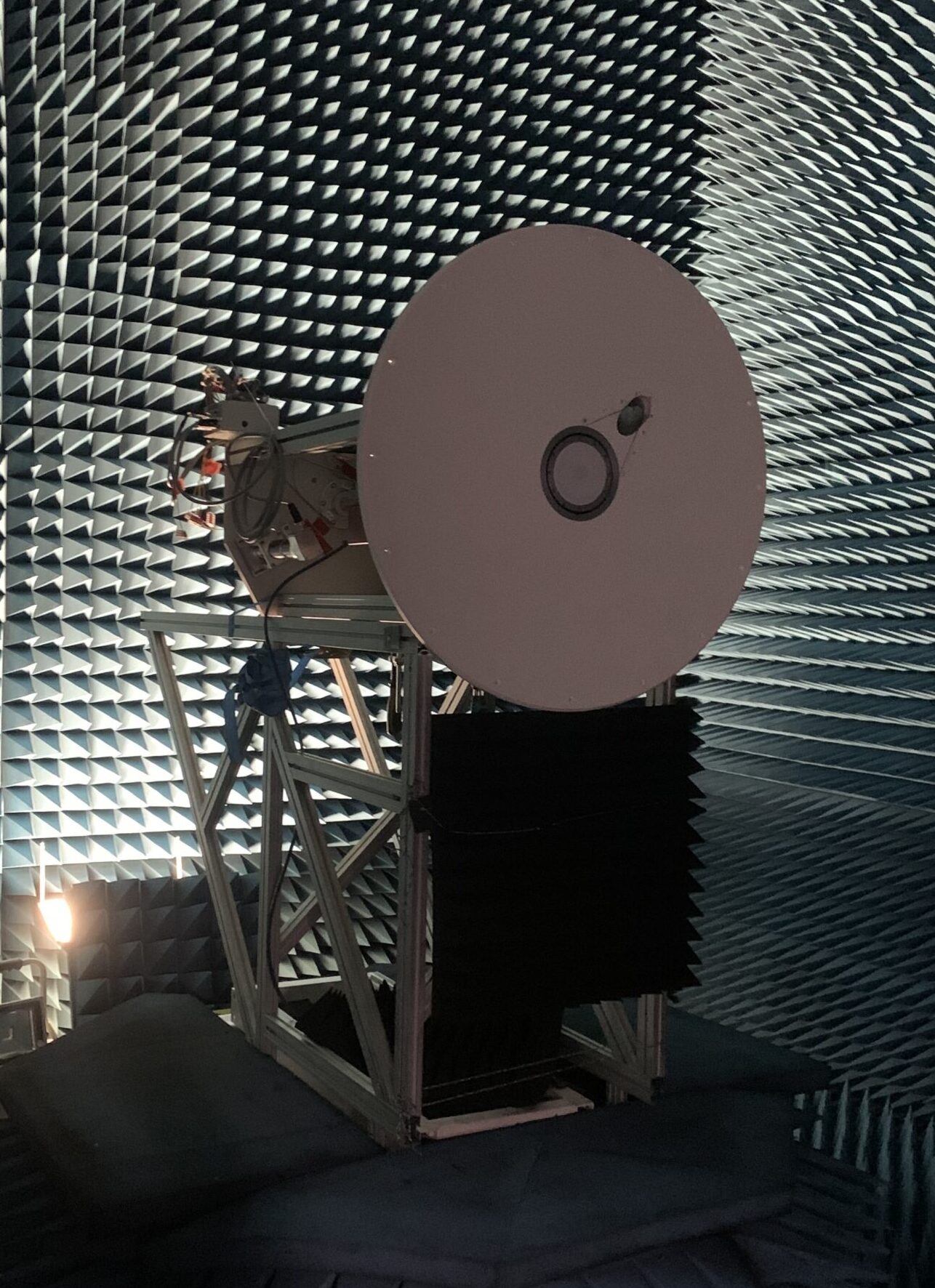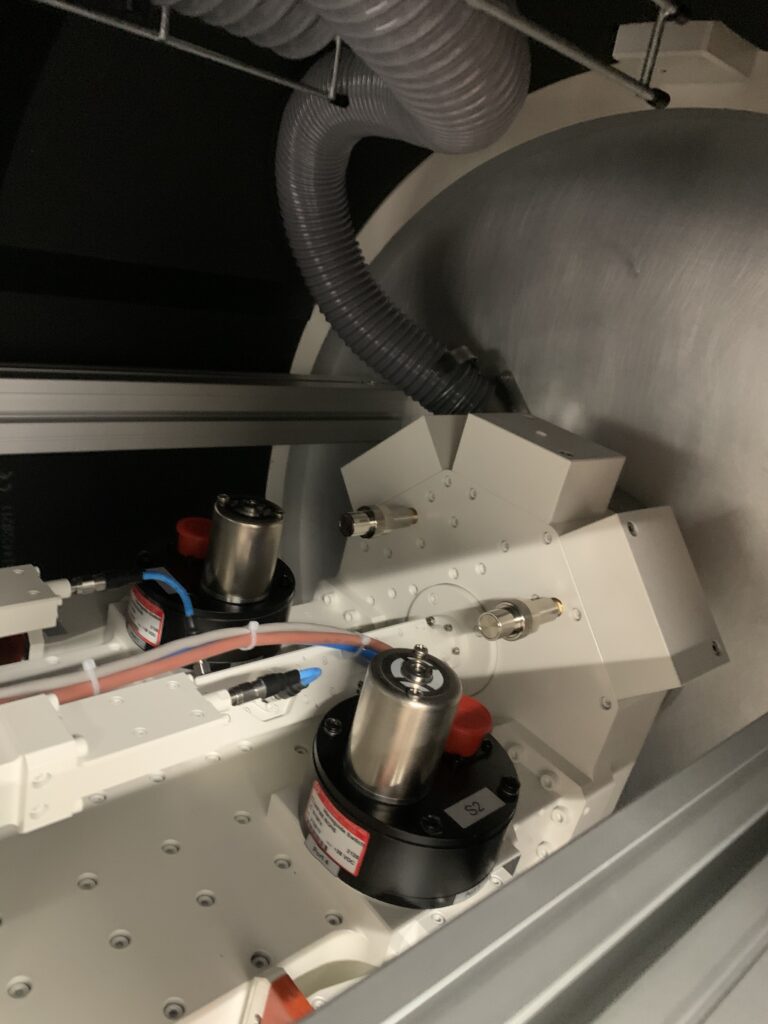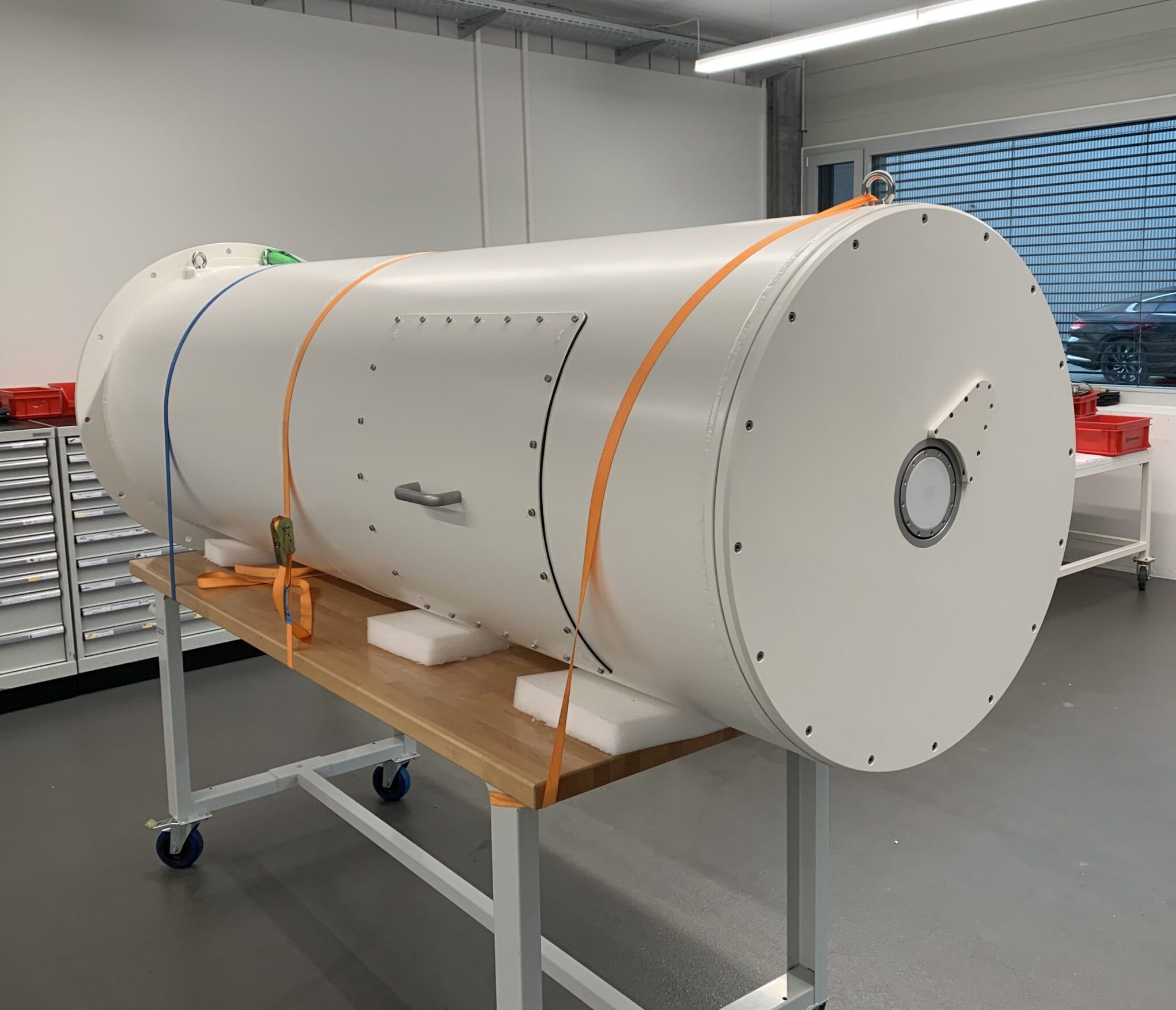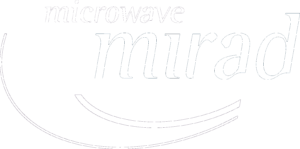Another triband feed system solution was requested by one of our customers in 2019. The question arose about the possibility of providing a simultaneous receive feed for very broadband signal reception in three bands. The wideband spectrum analysis was planned and therefore a full-band reception in C-band (3.40 – 4.20 GHz), Ku-band (10.70 – 12.75 GHz) and Ka-band (17.70 – 21.20 GHz) was required. MIRAD has developed a feed system that covers all frequencies with excellent performance parameters, but not only different frequency ranges but also different signal polarizations can be received. While the Ka-band offers dual circular polarization and the Ku-band processes linearly polarized satellite signals, the C-band allows switching between linear and circular polarization.

The C-band combination network is built in a mixed waveguide/coaxial TEM technology. The reason for combining different technologies is the need for a compact Ku-/Ka-band rejection filter in the C-band circuit. The combiner extracts two linear orthogonal signal components from the downlink signal. The inner horn supports dual orthogonal Ku-/Ka-band reception. These dual orthogonal signal components are separated in a wideband OMT and passed to two diplexers responsible for separating Ku- and Ka-bands. The relative bandwidth of the OMT and the diplexers is extremely broadband, almost an octave.



Feed system during the antenna pattern and axial ratio measurements in MIRADs anechoic chamber (left, a detailed picture of the installed feed combiner (center) and the final integrated feed in the feed tube, ready for delivery (right)
Key technical challenges:
- Combination of three broad frequency bands
- Design of ultra-broadband components to cover 3.40 – 21.20 GHz
- Combination of different manufacturing technologies for a acompact design
- Polarization switching
- Polarization adjustment mechanism for linear polarized signal reception
Key functionalities:
- C-band RX (3.40 – 4.20 GHz), dual circular
- Ku-band RX (10.70 – 12.75 GHz), dual linear
- Ka-band RX (17.70 – 21.20 GHz), dual circular/linear switchable
- Axial Ration <0.8 dB / XPD >35 dB
- Insertion loss <0.3 dB (C), <0.7 dB (Ku) & <0.8 dB (Ka)
The final installation of the feed system in a 7m-class ring-focus antenna was made at the end of 2021, and since then the antenna has been operating successfully at an institute site in Germany.
